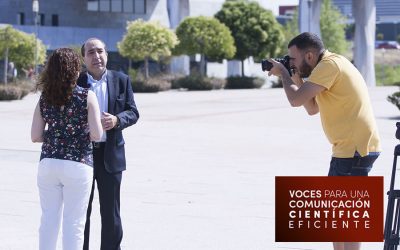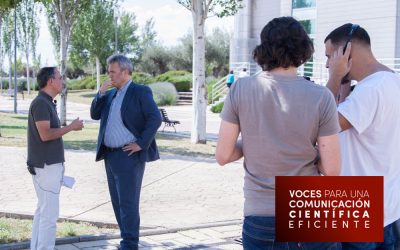The observatory


Reports
No se encontraron resultados
La página solicitada no pudo encontrarse. Trate de perfeccionar su búsqueda o utilice la navegación para localizar la entrada.
Science communication has been object of interest since journalism beginning. Thanks to technology and science development during the second half of the XX century, scientific literature and education have significantly increased.
In recent years, governments and institutions have especially focused on development of educational, communicative and informative programs which aim are encourage STEM methodologies (Vision for Science and Society, Gordon Brown. STEM Program USA).
It is a new idea to understand the science governance based on Responsible Research and Innovation (RRI) (H2020, 2014). The current idea to understand the science governance based on RRI has as objective to emphasize the necessity of building a context for society that increase the value of connectivity.
Se trata de un cambio en la forma de comprender la Ciencia, no sólo desde una dimensión instrumental o práctica, o como patrimonio cultural y científico, sino como instrumento de progreso. Esto supone involucrar a la ciudadanía (Ciencia con y para la Sociedad) más allá de los procesos de divulgación, activando modelos sistémicos de Public Engagement (PE) y Science Education que integren, coordinadamente, los ejes de comunicación, consulta y participación (Rowe & Frewer, 2005).
It is a new way to understand science like a progress instrument. This means that citizens have to be involve in participle process including Public Engagement (PE) and Science Education (Rowe & Frewer, 2005).
The high complexity of this process and the requirement of give professional status to communication research projects, stimulate to create the observatory specialized on science communication analysis. It was launched in the Ciberimaginario network between Universidad Rey Juan Carlos and Universidad de Castilla La Mancha. Besides, it has the support of several research assosiations as Icono 14, “La asociación Española de Cine científico” and “Instituto Latinoamericano de Comunicación Educativa” (ILCE).
The observatory made use of good practices of PCST (The Network for the Public Communication of Science and Technology)
as well as the work done by leading universities and institutions in this field.
Its purpose is being useful for scientific ecosystem strengthen the «Unidades de Cultura Científica» UCC+I function. The educational and learning factors are incorporated to increase the metrics of competitive research projects from a Responsible Research and Innovation perspective.
Reports
No se encontraron resultados
La página solicitada no pudo encontrarse. Trate de perfeccionar su búsqueda o utilice la navegación para localizar la entrada.
Experiments
Efficient communication research voice´s
Voces: Santiago Romo Urroz
<style><!-- [et_pb_line_break_holder] --><!-- [et_pb_line_break_holder] -->/** Ajustando el ancho de columna en tamaño Desktop @media (min-width: 981px) { .et_pb_gutters3 .et_pb_column_1_2, .et_pb_gutters3.et_pb_row .et_pb_column_1_2 { width: 62.25%;...
Voces: Gerardo Ojeda Castañeda
<style><!-- [et_pb_line_break_holder] --><!-- [et_pb_line_break_holder] -->/** Ajustando el ancho de columna en tamaño Desktop @media (min-width: 981px) { .et_pb_gutters3 .et_pb_column_1_2, .et_pb_gutters3.et_pb_row .et_pb_column_1_2 { width: 62.25%;...
Voces: José Fernando García Rodenas
<style><!-- [et_pb_line_break_holder] --><!-- [et_pb_line_break_holder] -->/** Ajustando el ancho de columna en tamaño Desktop @media (min-width: 981px) { .et_pb_gutters3 .et_pb_column_1_2, .et_pb_gutters3.et_pb_row .et_pb_column_1_2 { width: 62.25%;...
Aims of the observatory
Professionalization of communication
Providing knowledge to emphasize professionalism in communication, educational and dissemination research actions
Competitive research projects
DUDA
Communicative and formative field
Contribute to end projects following the Responsible, Research and Innovation instructions
New communicative environment
Investigate what are the possibilities that new communication environment offers to scientific and dissemination research
Participate and dialogue
Encouraging the cooperative dynamics in scientific knowledge
Observatory Functions
Analyze communication and educational tendencies at Responsible Research and Innovation (RRI) context.
Assessing requirements of social and scientific dissemination
Training researchers with communication and scientific dissemination techniques
Make tecnical reports
Educate research groups to create communicate disseminations plans of competitive research projects
Planning the scientific communication actions through dissemination programs
Promote Responsible Research and Innovation actions and citizen empowerment
Increasing dissemination actions to offer an active involvement of citizens in terms of scientific research
Studding formats, techniques and devices to innovate and create science communication content
Testing interactive and noninteractive models of communication



